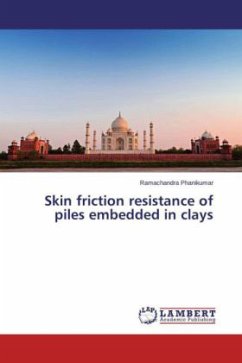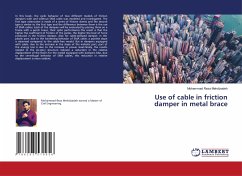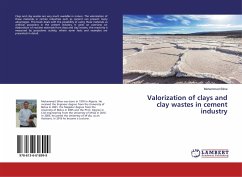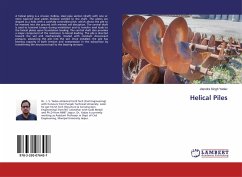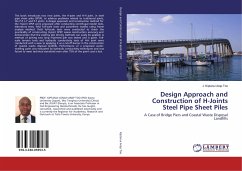Pile foundations are an example of deep foundations. They are long columnar members driven into earth to support civil engineering structures. They are preferred when the soil at shallow depths is weak and has poor bearing capacity. Based on the material used for manufacturing piles, they are classified as steel piles, concrete piles and timber piles; and based on their function they are generally classified as end bearing piles and friction piles. The total capacity of a single pile driven either into sands or clays is the summation of end bearing capacity and friction capacity. Friction capacity is also called skin friction capacity or skin friction resistance. This book deals with the determination of skin friction resistance of single piles driven into clays. It discusses the three important methods available for the purpose and examines the influence of various important parameters on the skin friction resistance.
Bitte wählen Sie Ihr Anliegen aus.
Rechnungen
Retourenschein anfordern
Bestellstatus
Storno

